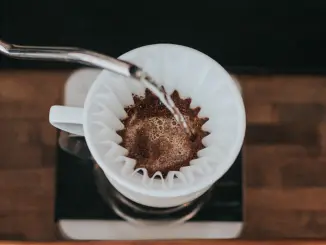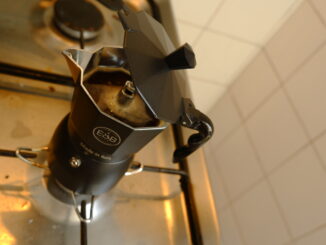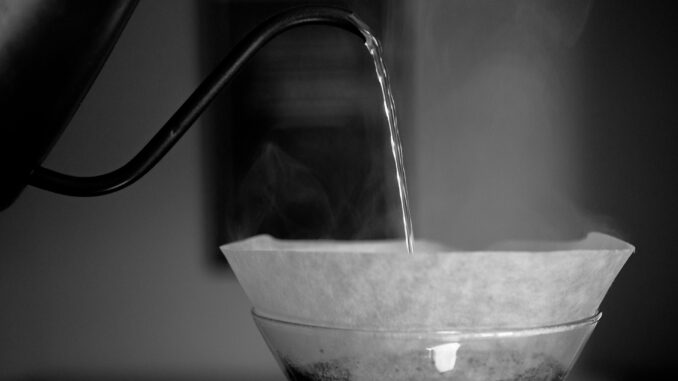
We continue our exploration of different pourover methods by turning our attention to three popular brewing devices.
BY EMILY MENESES
BARISTA MAGAZINE ONLINE
Featured image by bohdan_zubrytskyi via Pixabay
In our first installment of “Pick Your Pourover,“ we analyzed three of the most popular drippers (the Hario V60, Kalita Wave, and Chemex), and the benefits and challenges of each. Today, we continue our exploration of pourover devices with three other models.
Let’s check out the Origami Dripper, the Saint Anthony C70, and notNeutral’s Gino.
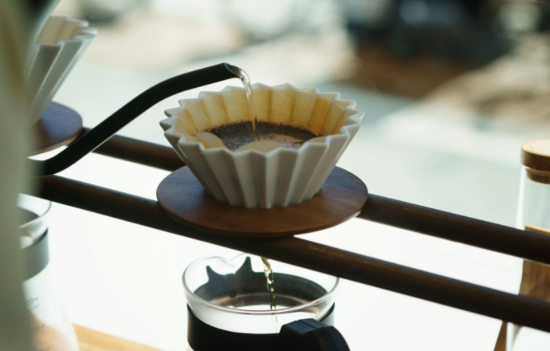
Origami
Designed by Yasuo Suzuki, the owner of Trunk Coffee and Origami Japan, the Origami dripper is crafted in Nagoya, Japan, and is undeniably beautiful. The dripper gained global attention in 2019 when Du Jianing used one to win the World Brewers Cup, becoming the first barista from China to win the title.
Beyond its alluring look, the Origami’s shape plays an important role in how it brews. The ridges create channels between the dripper and filter through which air can flow, which helps prevent clogging while you’re brewing. The ridges also add another benefit: The shape of the Origami dripper makes it compatible with both the V60’s conical filters and the Kalita Wave’s flat-bottom filters.
Like the V60, the shape of the Origami allows for a lot of versatility and experimentation. By playing around with your grind size, flow rate, and more, you can adjust your brew to your taste. This dripper is probably best for home brewers who feel ready to do this kind of experimentation (as opposed to beginners).
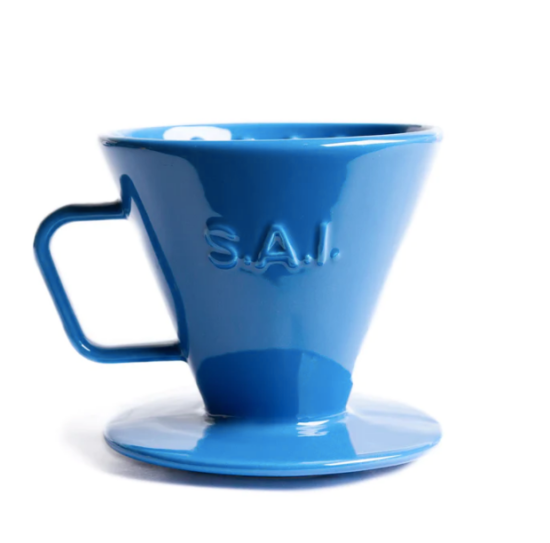
Saint Anthony C70
When Saint Anthony Industries designed the C70, they did so with the intent of making the industry-favorite Hario V60 just a little bit better. The V60’s sides have a 60-degree angle, while the C70 bumps it up to 70 degrees. When looking at the C70, we’re presented with the question: Does the steeper 70-degree angle really make a difference in brewing? The answer is that the taller brew does provide some benefits: It allows for more filtration, leading to a cleaner cup. It also increases contact between water and coffee, which heightens extraction and lessens the chance of under-extraction.
Kevin Kim of Constellation Coffee uses the Saint Anthony C70 at his cafe. “It (makes for a) very clean cup, and you can taste the nuances very well of each coffee being expressed,” Kevin explains.
Like the V60, the C70 allows ample room for experimentation with grind size, flow rate, etc. However, because there’s a little more room for error with the C70, Saint Anthony’s design is more forgiving/beginner-friendly.
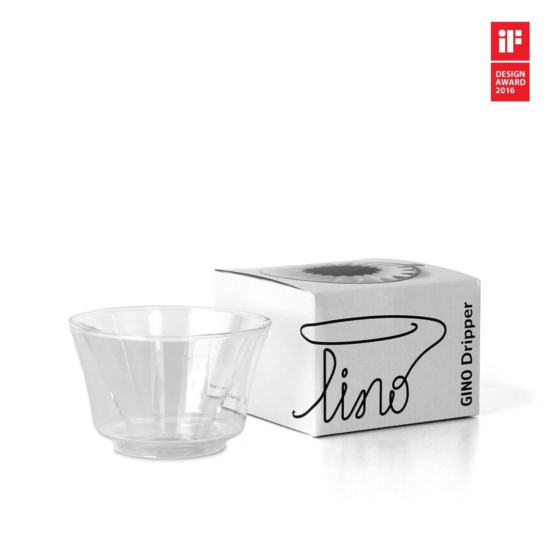
notNeutral’s Gino
Fairly new to the specialty-coffee world, notNeutral’s Gino dripper is often compared to the Kalita Wave. Like the Kalita Wave, the Gino has a flat bottom with three small holes. This design allows for even extraction and a more forgiving brew.
The Gino is made from double-walled glass, which allows for better insulation/temperature control. It’s ideal for light-roasted and high-elevation coffees, which are less soluble than other coffees and typically need higher brew temperatures.
The one downside of the Gino? It’s quite fragile—so we recommend it for home brewers or extra-careful baristas working on bar.
Finding Your Pourover
The V60, Kalita Wave, Chemex, Origami, C70, and Gino make up just a fraction of the pourover devices available on the market. But they’ve proven time and time again to be favorites in the specialty-coffee world. Whether you’re working on bar or experimenting at home, don’t be afraid to play around and find out which pourover works best for you!
ABOUT THE AUTHOR
Based in Los Angeles, Emily Meneses (she/her) is a writer and musician passionate about culture and collective care. You can regularly find her at Echo Park Lake, drinking a cortado and journaling about astrology, art, Animal Crossing, and her dreams.


